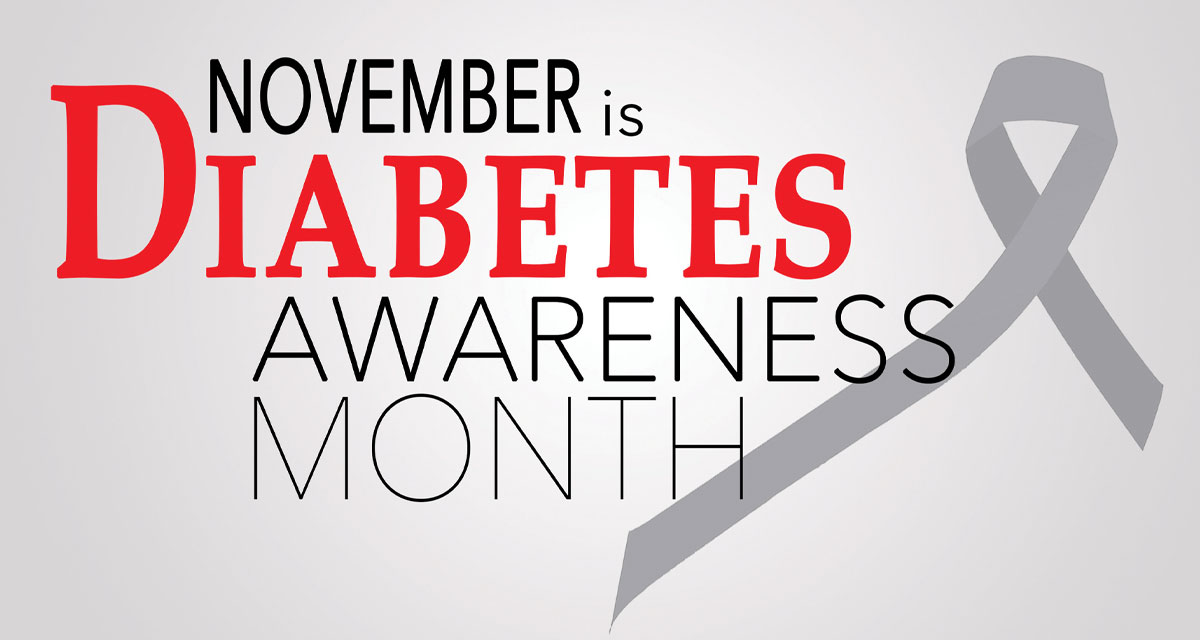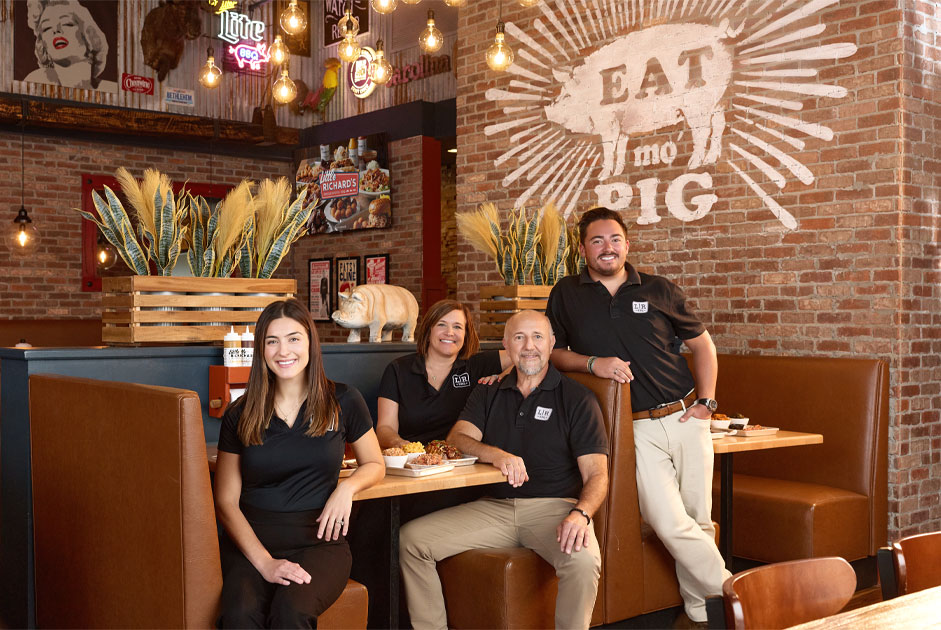The diabetic world, comprising 34.2 million Americans, estimates that over one in ten people ring the alarm on this startling and unpublicized epidemic. Throughout November, calling attention to the condition provides an opportunity for anyone experiencing or witnessing life with diabetes to tell their stories, find others, and influence those with prediabetic conditions to seek answers!
What is Diabetes?
Blood glucose is an individual’s primary source of energy, which derives from consumed food. As the pancreas serves to digest food, it also produces insulin to control levels within the blood. When the body cannot send signals from organ to organ, the result is a blood glucose storage, also known as blood sugar.
There are two distinct and different definitions of the two types:
- Type 1 diabetes is an autoimmune disease, usually appearing during the first two decades of life. The immune system destroys cells which make insulin. As a result, the regulatory treatment, shots of insulin, helps to stabilize blood sugar levels. But exercising and other healthy lifestyle choices cannot “cure” type one diabetes.
- Type 2 diabetes is a metabolic disorder affecting the lives of over 30 million people. While the body can produce insulin, it resists its use. Lifestyle changes, including a healthy diet and daily exercise, can improve the effects of the disease. Each person has a treatment, which may not include insulin.
Both types are severe and chronic conditions.
Prediabetes
Family history leads to a possibility that the condition will pass from a parent to a child as early as one. Most people with higher than normal blood sugar levels and symptoms, such as darkened areas of skin, slow healing of cuts and wounds, an increase of thirst, excessive hunger, exhaustion, tingling sensations in the hands and feet, blurry vision, and frequent urination require a change of lifestyle. The onset can be gradual with mild conditions. According to the CDC, “…people with prediabetes often develop type two diabetes within five years if they do not get treatment.” Doctors of type two patients will suggest a pathway to better health, including a list of healthy foods and ways to integrate physical exercise into a daily routine. Submitting to healthy lifestyle changes can lead to normal blood sugar levels.
Living with Diabetes
No one wants to yield to the possibility that they might be living with a life-changing disease. Time passes, and the symptoms and pain continue. Admitting is half the battle; the treatment can offer relief, improved health, and a keen understanding from a diagnosis.
“I initially thought I couldn’t do certain things because of my ‘disability,’” shares Jenna Williams, who was labeled type two at age 57. “My label has brought a lot of wonderful things to my life. I learned the hard way not to take any shortcuts when it comes to my health. Through my family’s support, we all eat healthy foods and walk together. I met many great friends through lifting weights and yoga classes. I didn’t like the idea of taking medicine, but it’s helped me do the things I want to do!”
“There’s no secret to managing diabetes,” writes Anthony Anderson. “It takes commitment and resolve every day. Please don’t wait! I’ve learned that you’re either managing it or hurting yourself. That’s just how it works. Find your motivation and run with it—focus on all the things that drive you. Change what you eat and stay consistent by being active. Medicine may be daunting, but it gets so much easier over time. It all turns into a habit and is worth it!”
This month, connect with family and friends who live with diabetes and hear their stories. In awareness, we submit to questions and discover what medical issues may make a positive change to our lives. Keep learning, listening, and finding answers!



















